Understanding the Dynamics of Midget Racing
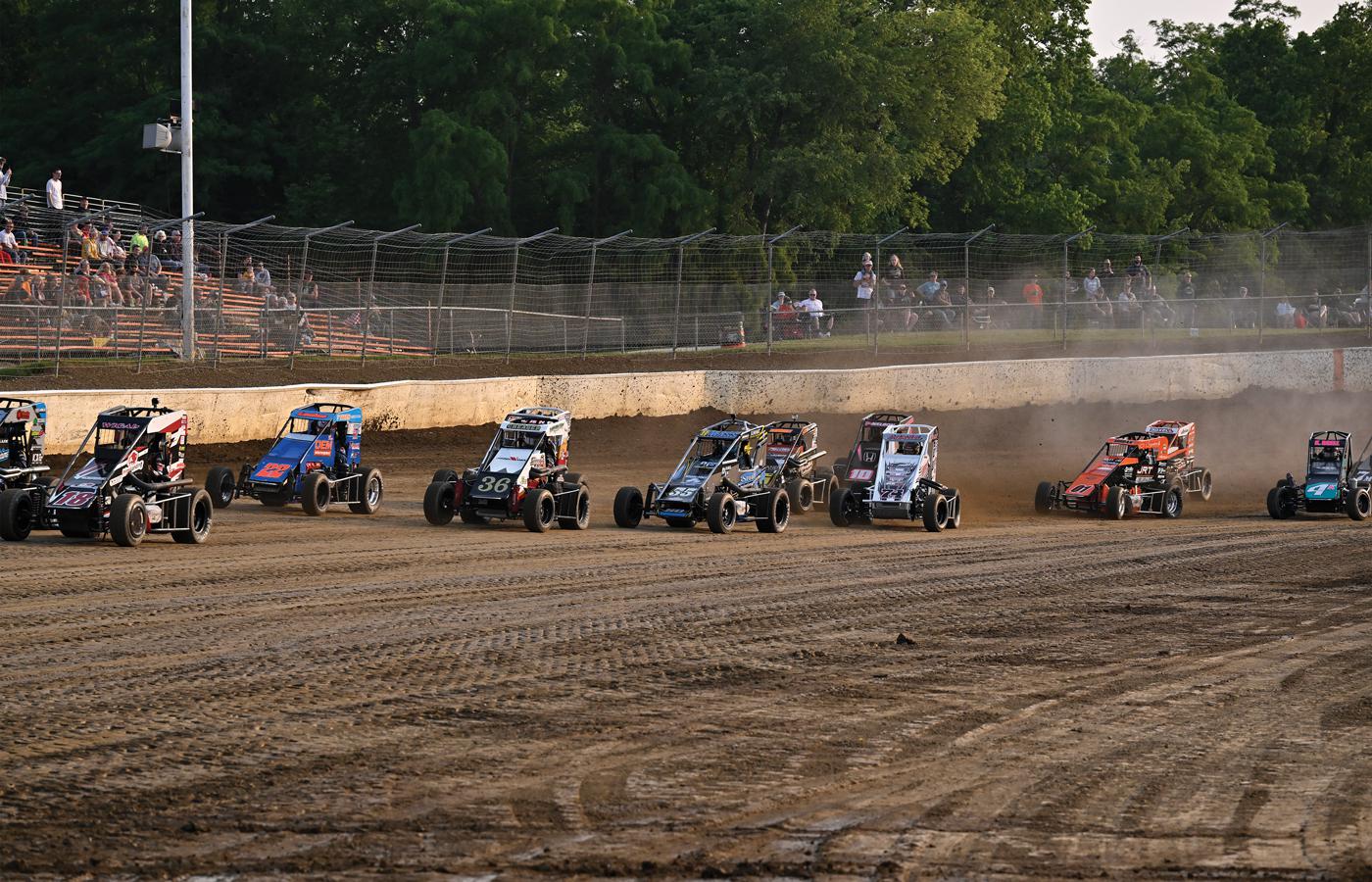
Although the segment faces some challenges at both regional and national levels, midget racing continues to serve as a springboard into professional motorsports careers for many competitors, and events like the Chili Bowl have become an annual pilgrimage for racers and fans alike.
Midget racing’s first organized events date all the way back to 1933. Members of the Midget Auto Racing Association gathered at Loyola High School Stadium in Los Angeles, California, to kick off the sport’s first official weekly program that summer. Thanks to close competition and a fairly straightforward premise, interest soon spread to other regions throughout the country and beyond.
Nearly a century later, midget racing finds itself affected by challenges that have become commonplace in most types of modern-day oval track competition, but its inherent appeal and rich history have allowed the segment to endure where others have faltered.
“Costs have gone up quite a bit over the past few years, but that’s certainly not unique to this segment,” explained Brad Hayes of the Kenyon Midget Series, Lebanon, Indiana. “That has impacted things at the regional level. The purses don’t justify some of the costs for engines and things like that, so that has caused some difficulties. But there are plenty of folks who are still doing it at the national level. There’s an incredible passion for this sport—that’s one thing that midget racing really has going for it. There are people who will always run a midget, no matter what.”
Midget racing is also buoyed by events like the Chili Bowl Nationals, which sees hundreds of competitors from a range of oval track disciplines converge on Tulsa Expo Raceway in January for the annual, nearly week-long event. This, along with a concerted effort to unify the ruleset among various national series to curb cost increases, has given top-tier midget racing momentum that’s not expected to wane for the foreseeable future. Meanwhile, regional series have also developed their own strategies to ensure that the segment remains on an even keel.
National Interests
“It’s just such a fun and entertaining segment of dirt racing,” said Nick Graziano of the Xtreme Outlaw Midget Series, Concord, North Carolina. “It’s one of those situations where all the pieces are in place: It’s a cool car, and they put on great shows no matter where you’re watching them because they mostly race on small, bullring tracks. That forces them to have this three-wide, tight-corner, slide job kind of racing. One of the big things that we’ve seen lately is that midget racing has become part of the ladder for future stars. We’ve seen guys like Kyle Larson and Christopher Bell come out of midgets, and we’re also seeing newer young talent like Jade Avedisian, who won the Xtreme title last year and became the first woman to win a national title in any form of dirt racing. Racers are making a name for themselves here.”
Graziano also said that Toyota’s support of the segment has helped to elevate its visibility and appeal, and that the automaker often develops fledging talent here before they step up to other motorsports segments. The company’s midget racing engine package has also become one of the go-to options for teams that are determined to put together a highly competitive car.
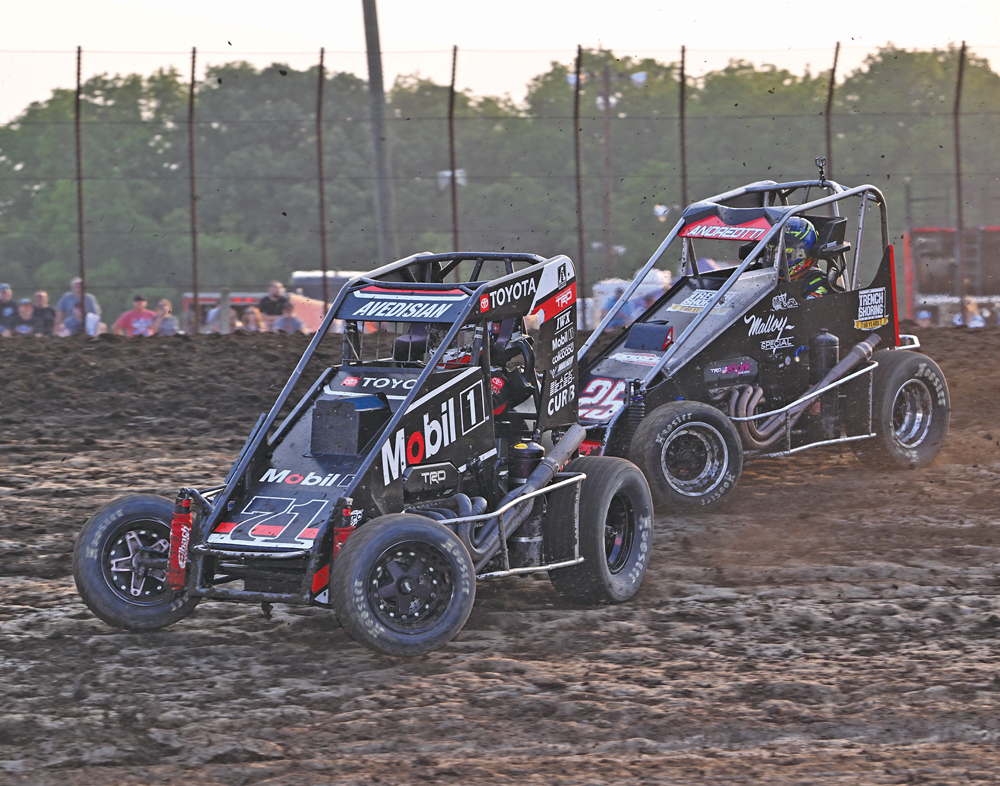
“The Toyota TRD and Stanton SR-11x motors are dominating right now,” observed Tommie Estes of USAC (United States Auto Club), Speedway, Indiana. Estes said that with the recent influx of technology in the sport, the sanctioning body has updated its rulebook to prevent teams from taking advantage of the adjustability that the electronics can provide.
“Everything’s computerized now, and that makes it easier to manipulate things,” he explained. “There are companies that are making ignition boxes with dual settings, and that basically allows you to create a type of traction control based on which setting you’re using, and we don’t allow any form of traction control. It forced us to change the ruleset to allow only one ignition switch in the cockpit. But that’s always been the nature of the sport—you’ve got a set of rules, and some people try to work in the gray areas. It’s like a chess game. You might not get caught tonight, but when you do, it’s checkmate. And then we start a new game.”
With engine packages venturing into the $50,000 range and beyond, midget racing at the national level requires funding that has some teams eyeing sprint cars and other divisions as a potentially viable alternative. Yet there are still those who’re steadfastly loyal to the segment and have the means to invest significant sums of money to stay competitive.
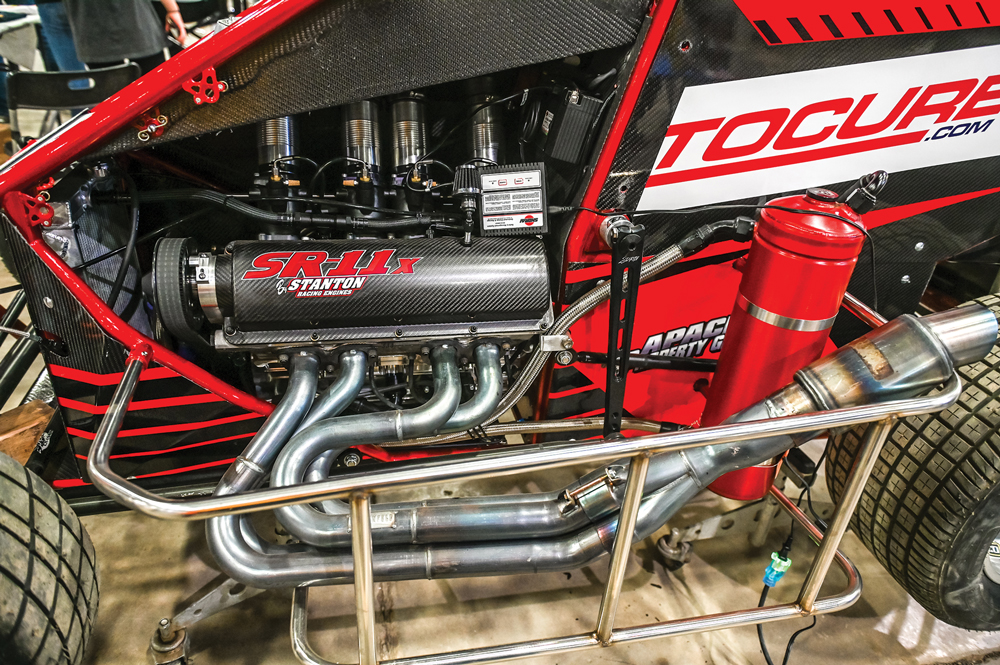
“We noticed that people were building one-off cars specifically for this event,” said Bryan Hulbert of the Chili Bowl Nationals, Tulsa, Oklahoma. “For a long time, the Chili Bowl didn’t have a mandate that said that your chassis had to use a certain tube thickness or a certain size, and fortunately we’ve never had an incident that really called the issue into question. But we were concerned about a situation where someone might have run a light car at the Chili Bowl and then goes on to sell it to another racer who goes out and runs at a 3/8-mile track. That could be a dangerous situation, so in the interest of making things as safe as possible, we’re implementing a new chassis rule for 2025. Ultimately it really just brings things in line with the ruleset that’s already in use by the major sanctioning bodies here.”
While the notion of building a car exclusively for one event might seem extravagant, the Chili Bowl has evolved into a massive, must-attend annual event for many competitors, fans, and companies in the oval track racing realm. The indoor race is held in January, when most series are still on hiatus, which makes it much easier for competitors to allocate time for it on their racing calendar. More than 360 drivers and thousands of fans showed up for the event earlier this year.
Hulbert also said that the Chili Bowl’s ability to attract big names in racing has in turn brought more attention from big manufacturers to the sport as well as to this event, specifically, which has only added to its appeal. “The event has a really unique atmosphere. It’s been compared to the energy that you feel on the grid at Indy. If you roll in there, going up against that many other drivers, and walk out the winner, you’ve done something.”
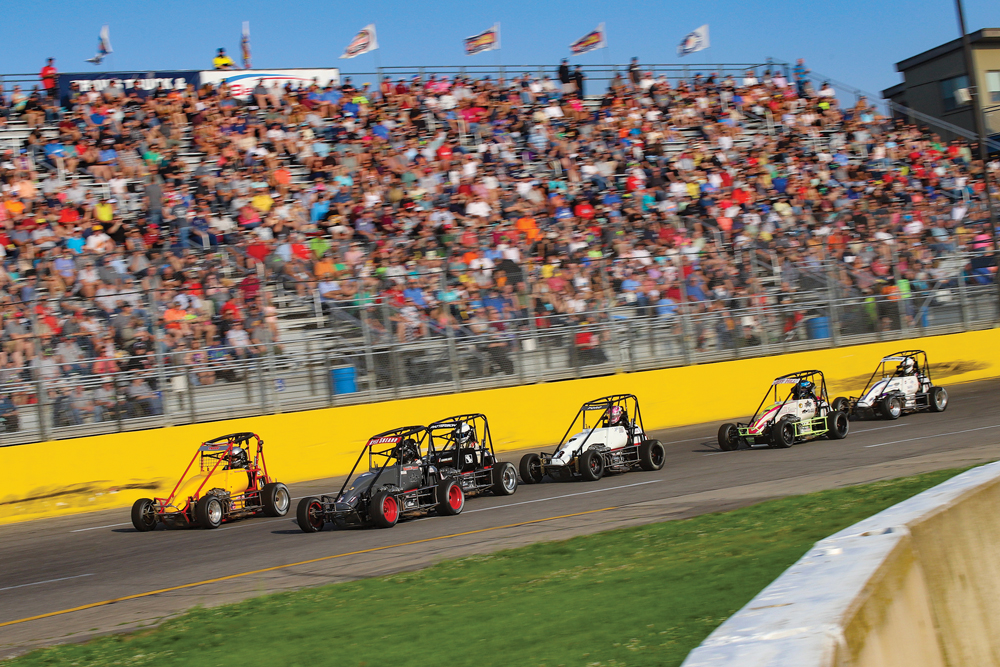
A substantial purse incentivizes racers to make time for the Chili Bowl, too. Hulbert explained, “$20,000 on Saturday night and $2,000 just for making the main event is nothing to sneeze at. You look at the run that Logan Seavey had this year, where he won his qualifying night, won the Race of Champions, and then won the main event. Between that and the lap money, he walked out of there with over $30,000.”
Graziano pointed out that those circumstances provide fans with an opportunity to watch some of the biggest names in the sport mix it up alongside future stars. “You get to see this incredible diversity of drivers competing in it from national quarter midgets, World of Outlaws, Late Models, NASCAR, and potentially even IndyCar. It’s become this event where almost the whole motorsport world kind of comes together at a time of year where there aren’t other races pulling attention away from it.”
A Specialized Approach
While those competing on the national stage are bolstered by sponsorship support and events like the Chili Bowl, some regional series have forged a path of their own to keep the sport viable for teams whose budgets simply cannot match that pace. Rather than seeking to maintain parity with national series, the Kenyon Midget Series has instead adopted a spec model to keep costs down.
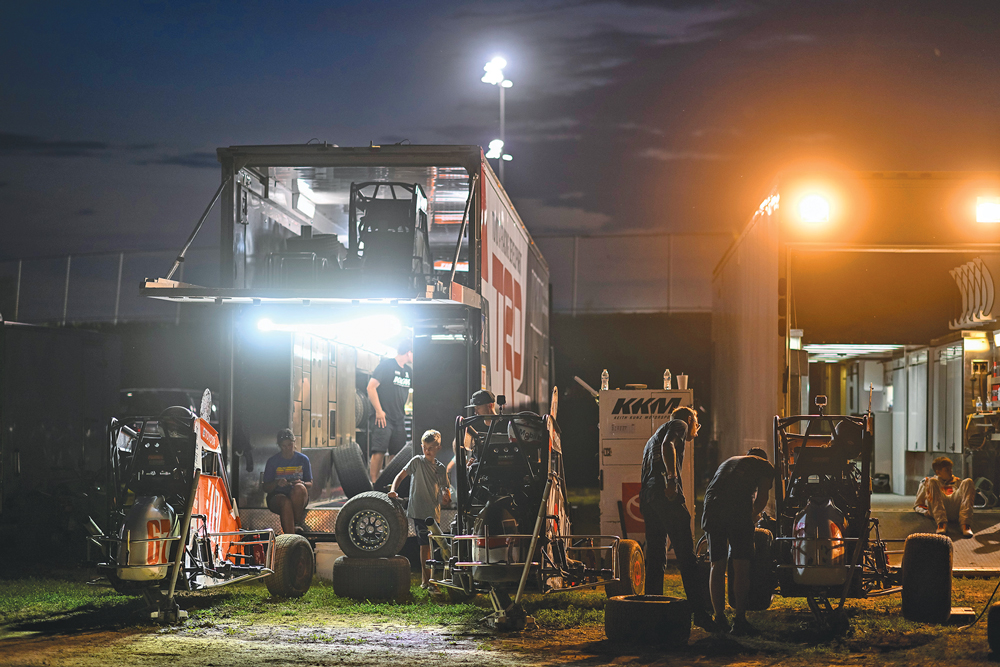
“The biggest issue when it comes to cost is the engines,” Hayes said. “National-level engines can cost tens of thousands of dollars, whereas the spec engines in our series are $4,000 for a fresh one. So that’s something we’re doing at the local level to bring some participation back. In our series, we’ve seen car counts increase over the past couple of years.”
The Kenyon Midget Series also uses a spec chassis. Although these mandates preclude participating teams from potentially campaigning the same car at the national level, the ruleset offers some compatibility with USAC’s D2 series. More importantly, Hayes said, the rule structure allows teams to get involved without requiring a national-level budget to do so.
“It’s especially good for competitors who are new to this sport. They can get a taste of midget racing without having to spend 50 grand on an engine, or something like that,” he explained. “The basic premise of midgets has an inherent appeal: fairly lightweight cars with more horsepower than they really need, and exciting competition. But when you look at how much it costs to run at the national level, it’s almost cheaper to run a sprint car these days. And depending on where you are in the country, there may be more races available, and the potential to win more money over there. We’ve had racers who’ve run with our series for a year or two and then just jumped straight into a 410 sprint car.”
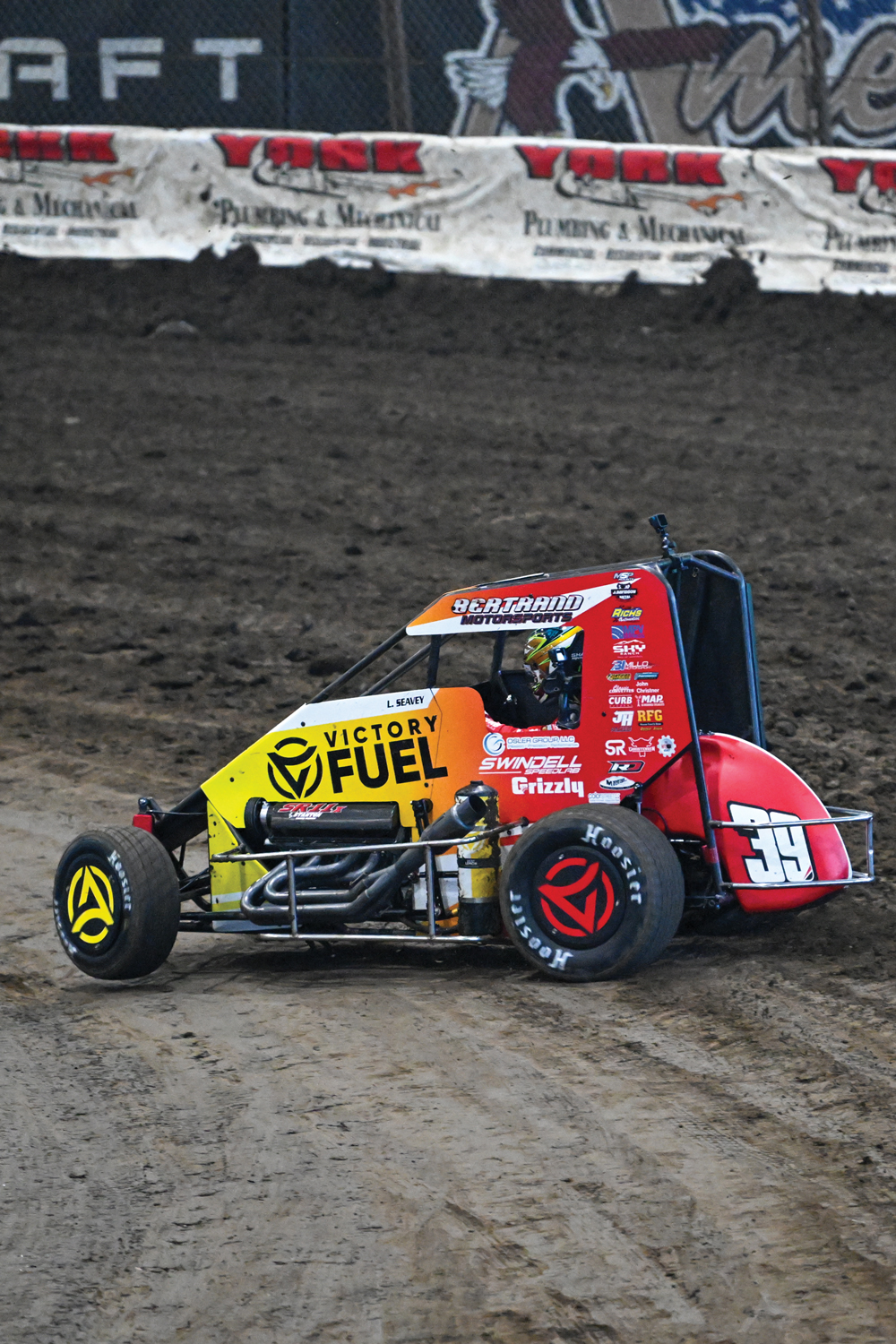
The Path Forward
Hayes added that, at the regional level, social media platforms like Facebook have been an indispensable tool not only for bringing greater visibility to the sport, but also from logistical and educational standpoints. Driver meetings are often held via Facebook Live events, and the Kenyon Midget Series makes information about effective chassis setups readily available through its page so that teams can quickly get a competitive car up and running. Because the segment often serves as a temporary waypoint on the path toward larger racing ambitions rather than a long-term destination, Hayes thinks that rentals and arrive-and-drive programs may have a promising future at the regional level.
“There’s a market for something where the drivers can just show up, get in the car, and go race rather than buying their own car and needing a truck and trailer to get it to the track,” Hayes said. “There’s already some of that at the national level, and I could see that continuing to grow. Especially with a spec series like ours, I think it’s perfect. It doesn’t make sense to invest a lot in the equipment if the plan is to move on to another series in a year or two.”
While costs will likely continue to remain high at the national level, recent efforts to bring uniformity to the various series through chassis and tire mandates should help prevent expenses from swelling further in upcoming seasons.
“This past year we moved to a specific tire requirement, the SP3 Hoosier,” Estes said. “A lot of the midget racing organizations have moved to this tire as well. We’ve had teams that have won races on the same tire two or three times, whereas before that wasn’t really possible with the softer SP2.”
Looking ahead, Graziano said that the Chili Bowl might be used as the model for the expansion of existing events in the future, or when organizers consider new ones to add to the race calendar. “I think the segment is going to continue to grow as these bigger names want to get involved and bigger stories are created as a result. We’ll see that full-fledged ‘event’ approach become more prevalent. Because of that, events like the Milton Hershey Appalachian Midget Week are poised to become the next big thing in this segment. It’s really about finding ways to elevate these events beyond being just another dirt race and into something that’s going to attract the whole family.”
SOURCES
Chili Bowl Nationals
chilibowl.com
Kenyon Midget Series
ussaracing.com
United States Auto Club
usacracing.com
Xtreme Outlaw Midget Series
xtremeoutlawseries.com
 MEMBERSHIP LOGIN
MEMBERSHIP LOGIN JOIN PRI
JOIN PRI


